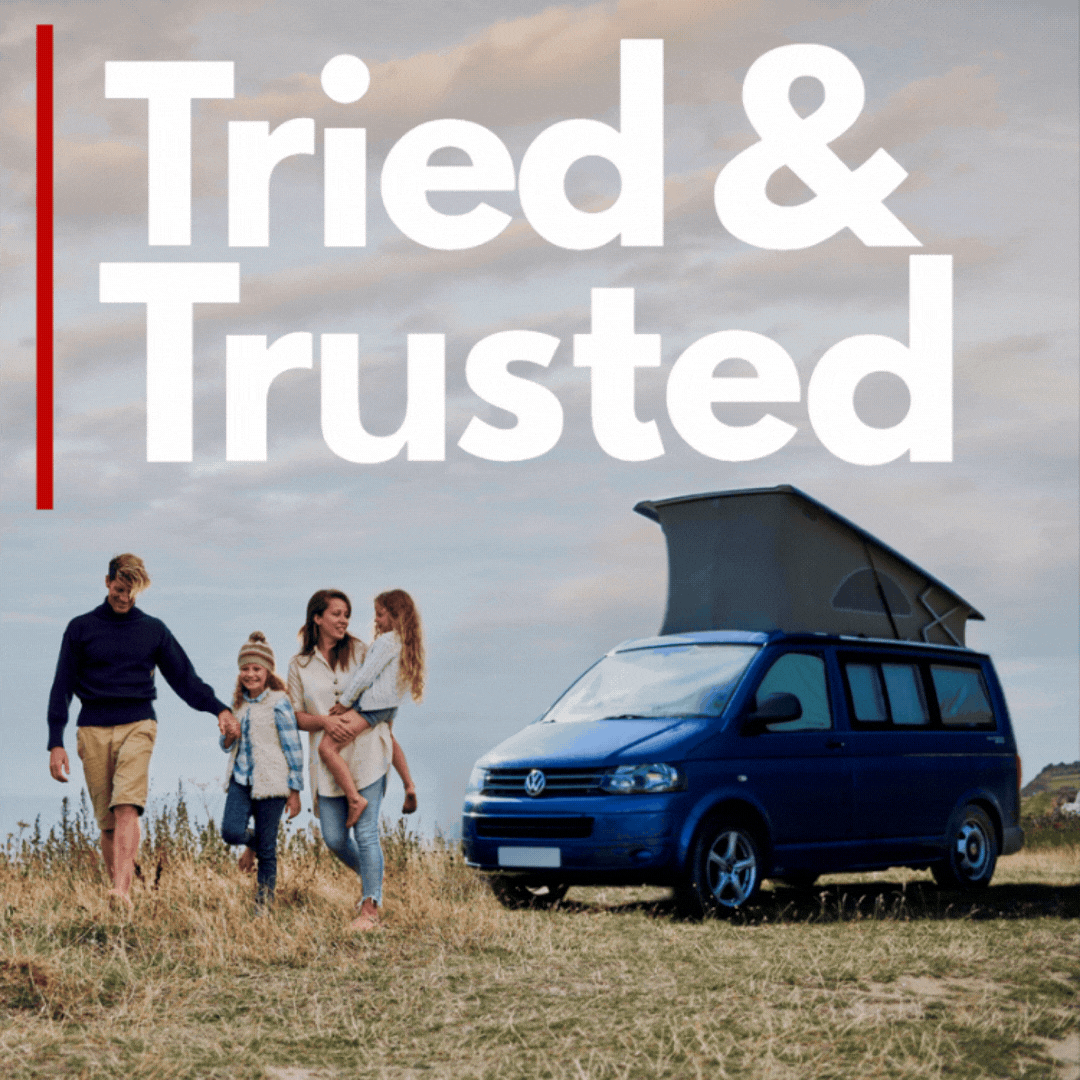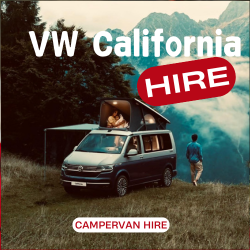Having just nicely taken ownership of a T6 Cali this does cause me concern.
In the past I worked as for a large pipeline company in their Corrosion Control section, it is nearly 20 years since, but the basics of galvanic corrosion haven’t changed.
Referring back to MattBWs comment “Most vehicles that have aluminium bodies use a sacrificial anode (or cathode) to prevent this. VW for some reason haven't...”
To find a material that will corrode in preference to aluminium you would have to use something like magnesium or calcium, the latter not really being suitable for other reasons, you also have to find a location where the sacrificial anode can be placed and happily corrode and protect the structure it is protecting. Fine for ships where you can bolt large lumps of magnesium on the hull and an electric current can flow through the sea water (electrolyte) to protect all the structure. Or through the ground (electrolyte) to protect buried steel work.
With a Cali roof it is difficult to maintain the structure in the electrolyte so the Cathodic protection would work is a bit of a non starter.
Referring to Snowy55s comments about the high zinc content primer. - Were the garage trying to suggest this would protect the roof?
I hope not because Zinc is often used in primers for steel, to protect a bit like old fashioned galvanising, unfortunately when you study the electric potentials of metals, often measured against a Cu/CuSO4 half cell, you have the figures Iron&steel +0.44Volts, Zinc +0.76 Volts, Aluminium +1.30 Volts, and Magnesium +1.87 Volts. You use a metal with a higher voltage to protect one with a lower voltage, so the Aluminium would be trying to protect any zinc in the paint.
It should also be noted that bending and shaping of metals can cause minute differences in the electrical properties of the metal leading to localised corrosion.
I feel from the information I have read so far there is an issue with moisture getting trapped and leading to small cells for possible corrosion. This is possibly aggravated by the steel in the rubber seal, but not necessarily.
Because of this there is no guarantee that replacing the seal with a metal free one would cause the problem to go away.
Could the problem be designed out by any other method? possibly but at the moment the only option I can think of would be a Fibreglass or Carbon Fibre roof.
Is that a feasible option - I don’t know, but I suspect probably not as I don’t know how well they would cope if the Cali got rolled, (can’t remember whose photos showed their poorly Cali).
That then leaves the other option a steel roof, which may be OK for those of us with a powered roof but it may well be too heavy for those with a manual roof.
It is a very frustrating situation.
Would I change from a T6 Cali because of this NO, in my opinion the T6 Cali beats all competitors
Sorry about the science lesson














